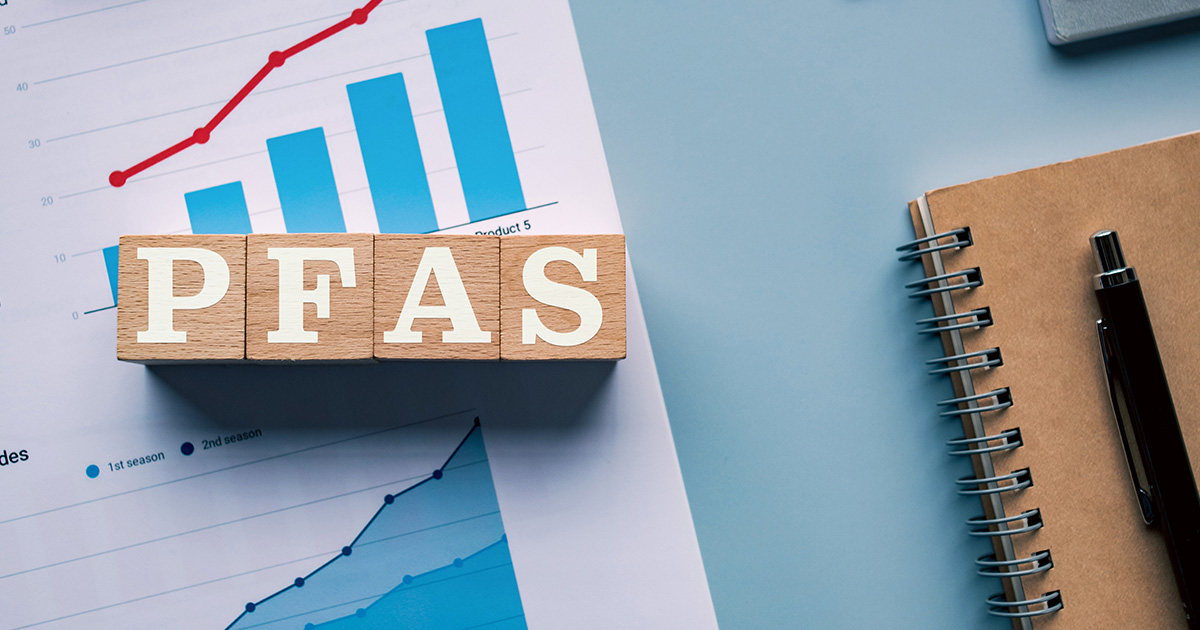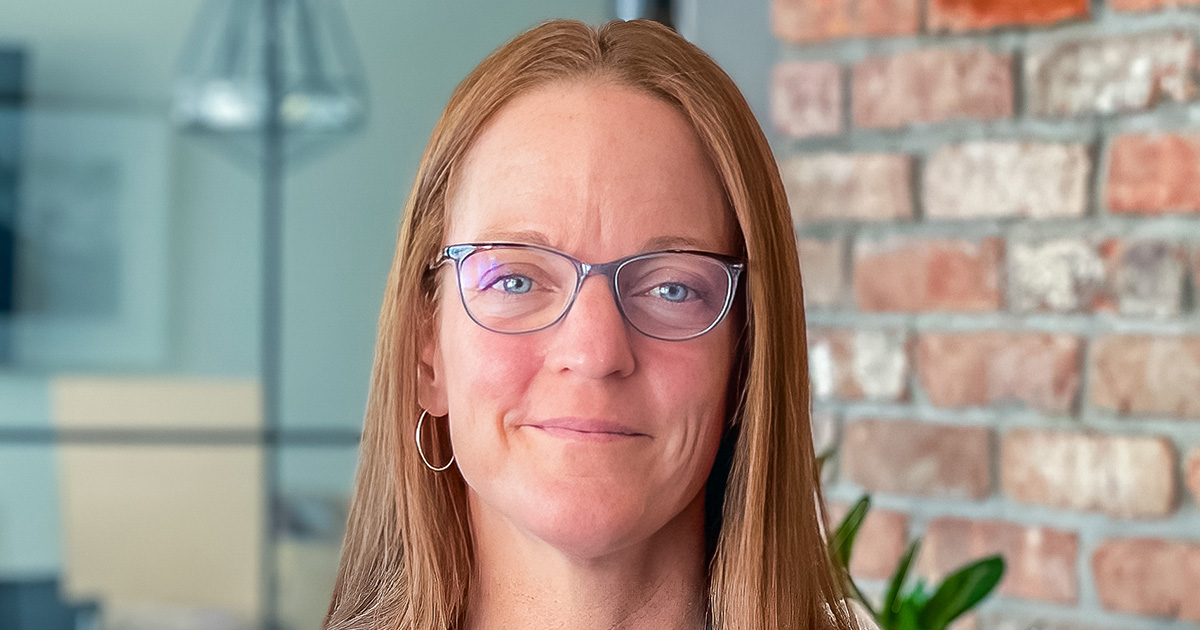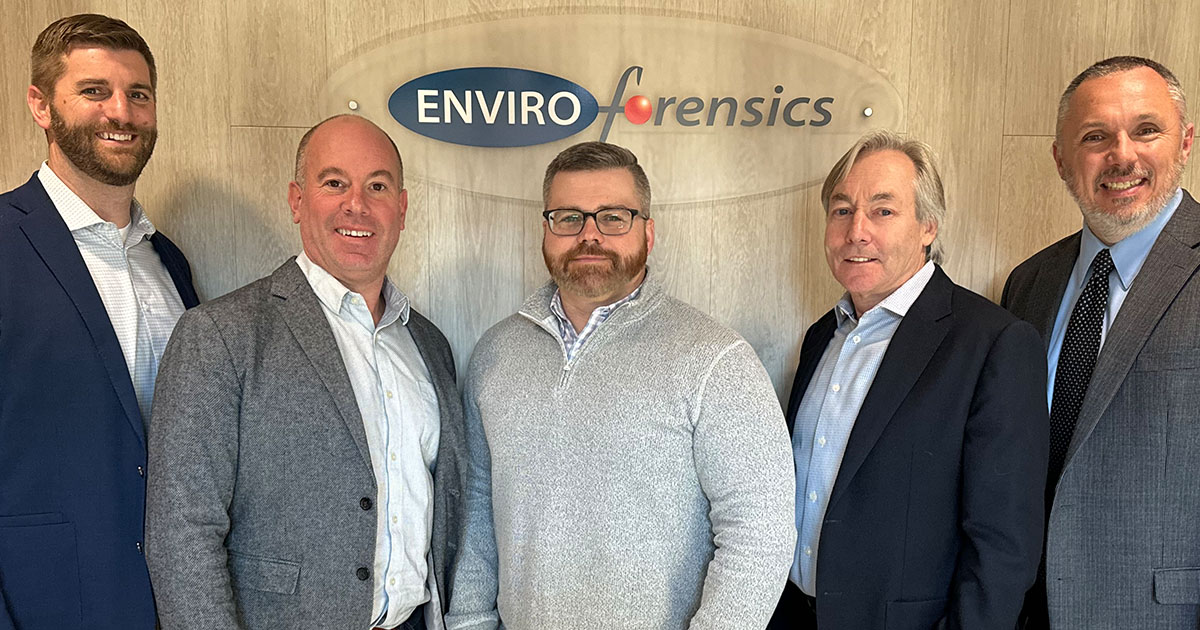
Environmental cleanups involve a great deal of creativity to make sure that the goals are met within acceptable timeframes, regulatory requirements, and of course, budget. The whole game plan is to reduce the amounts of contamination in the ground to levels that are deemed safe for human health and the environment should an exposure occur at some time in the future.
While a good environmental consulting firm will be able to tell you what kind of cleanup approach is most likely to be successful, they will base that opinion on their own past experience in similar situations and the published past experiences of their professional peers in the industry. Unfortunately, there is not an “off-the-shelf” approach that is guaranteed to work, so in many ways, a cleanup effort is a proverbial roll of the dice.
However, there are some consulting firms like ours who will stand behind their designs and guarantee results. Our ability to do this is due to several factors that help us hedge our bets when performing an environmental cleanup. If you follow these three rules of creating a successful cleanup plan, you can come out on top as well.
1. Experience Counts!
During my college pursuits, I had a professor who always used to say, “The best geologist is the one who has seen the most rocks”. I always took that to heart and mention it often to my peers. I’m sure it’s also true that the best cleaner is the one who has processed the most articles of clothing or textiles. Why? Because they are the ones who have experienced the most situations where challenges have come up that needed to be solved. They’re the ones who learned from each of those situations and tweaked their process to make sure that the occurrence of the same problem was minimized in the future. Each challenge is a learning opportunity, and those who have learned the most, are frequently the best.
I’ve said it before, and I’ll say it a thousand more times that when you are choosing your environmental consultant to design and implement your environmental cleanup strategy, you need to find one who has a great depth of experience with dry cleaner sites. They are the ones who will understand the nuances of Perc contamination. They are the ones who have had to decipher the subtle differences between releases from dry cleaner operations and other kinds of processes. They’re the professionals who have seen the most cleanup challenges and solved them to get the job done and achieve regulatory closure.
Get a step-by-step process in “5 considerations when selecting an environmental consultant for dry cleaners”
2. Strategically Plan Investigation to Save Money During Remediation
Let’s face it; the subsurface environment is a bit of a black box. Geologists and environmental professionals are educated and trained to interpret a wide view of conditions beneath the ground from only a handful of data collection points and samples. The more data collected during investigation phases, the better conditions are understood and the greater the odds of a successful remediation later. Remember that the process is:
- Investigate the nature and extent of contamination; and
- Perform the cleanup.
If the full nature and extent of contamination is not really understood, the cleanup plan has almost no chance of success. Way too often, consultants with less experience think that just because they have the contaminant plume defined in all directions, they are finished with the investigation. There are a lot more data points that need to be explored to really understand the nature of the impacts, which will also allow for a good predictive cleanup approach to be prepared. These include, in part, the naturally occurring geochemistry of the soil and groundwater, actual measurements of porosity and permeability, the calculated rate of groundwater migration across the site, the organic content of soils, the infiltration rate of rainwater down through the soils and into the groundwater, etc. These data points are where the surprises usually come during cleanup if they haven’t yet been considered.
The trick to making sure that an environmental investigation is performed correctly is to collect information needed to design the cleanup approach and retrieve that data at the same time. If the focus of the investigation is to simply determine the extent of the contamination plume, then only part of the picture is being captured. Given that situation, a separate remedial planning phase of the investigation will then have to be undertaken to get this vital information, which will likely involve going back to areas where the previous sampling has already occurred. This adds cost to the project. Because of this point, there may be hesitation to approve the remedial planning investigation, leaving the consultant to design a cleanup approach without all the necessary information.
If performed appropriately, remedial planning investigation efforts can be added for as little as a 10% increase in costs. However, if something is overlooked during an investigation and a cleanup plan is inappropriately designed because of it, the extra effort could easily double the price of the cleanup itself. If you ask a remedial contractor what causes cleanup plans to fail, they will almost always say a lack of adequate investigation data. I always ask them that, and that’s what they always say. Spend the extra 10% on an investigation, it will save you money during remediation. Period.
Read more about remediation strategy best practices
3. Combine Remedial Technologies
Ideally, once a cleanup begins, it ends when the remedial objectives have been met and enough contamination has been removed. Sounds simple enough. Many times, cleanup projects start very well and appear to be heading toward closure (even under budget), but the cleanup appears to stop working. This is among the challenges requiring creativity to get the last bit of contamination out of the ground. Oh sure, the first 90 to 95 percent of the contamination is removed very quickly and effectively and this makes everyone happy. But as time passes, the effectiveness of the cleanup can dwindle making everyone unhappy. The levels of contamination may continue to slowly decrease, but never quite get to closure levels under a single approach. It’s not so much that it stopped working, as it is that it reached a point where it is no longer cost-effective to continue. This happens with a lot of good cleanup technologies. So, with the clock still ticking, the money still flowing into the project, and contamination removal rates slowing, there needs to be a shift in strategy to get the job completed.
With a multitude of remediation technologies available for use, it’s important to follow a logical, yet creative path to select the right combination from the very beginning. For example, let’s say technology A is used because the level of contamination is high, and it is expected to effectively reduce the level of impact to low, but not low enough. When the removal rate of technology A slows down to a crawl, we change to technology B to treat the remaining concentrations to a lower level and achieve closure. Usually, technology B can be performed at a lower unit rate cost than technology A and therefore, project costs can also be constrained. Clearly, cost considerations are very important, but for the purpose of this discussion, the point is that it should not be assumed that using one contaminant removal technology alone is the right approach.
Dealing with the stress and cost of environmental contamination issues is bad enough on its own. Paying attention to these three rules of cleanup planning will help you avoid a bad roll of the dice and let you double down on your bet for a successful project.
As seen in Cleaner & Launderer
 Jeff Carnahan, President at EnviroForensics
Jeff Carnahan, President at EnviroForensics
Jeff Carnahan, LPG, has 20+ years of environmental consulting and remediation experience. His technical expertise focuses on the investigation and interpretation of subsurface releases of hazardous substances for the purpose of evaluating and controlling the risk and cost implications. He has focused on being a partner with the dry cleaning industry for the past decade, and he’s a frequent contributor to the national dry cleaning publication Cleaner & Launderer. He is an industry leader in understanding that environmental risk includes not only cleanup costs, but also known and unknown third-party liability.



